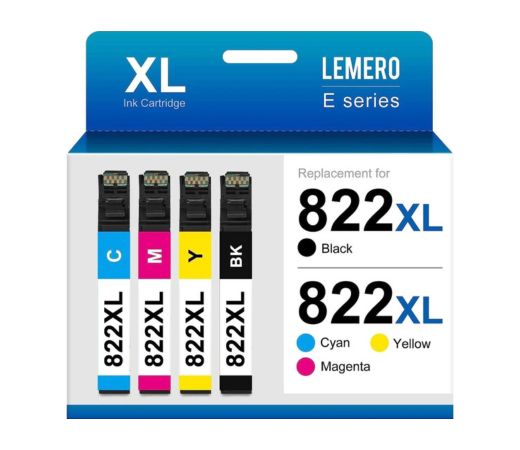Language hurdles are not the only things that make it difficult to provide every student with an egalitarian education: cultural quirks and divergent educational experiences. Regardless of their native tongues or cultural backgrounds, instructors and pupils can interact effectively thanks to Video Remote Interpreting (VRI), which tackles these issues by providing real-time interpretation services using video conferencing systems. Understanding gestures and visual cues in addition to spoken language is crucial for understanding cultural quirks and context, and VRI makes this possible. VRI acts as a link between teachers and students, promoting greater awareness of cultural differences and fostering an inclusive classroom where all students can succeed. Let’s discuss the role of video remote interpreting in multicultural education through this post.
Eliminating Linguistic Barriers
The capacity of VRI to remove language barriers is one of its main benefits in promoting multicultural learning. Students from immigrant households or non-native speakers frequently struggle to comprehend what is being taught in the classroom. Teachers may make sure that every student has the assistance they require to participate fully in class activities by using VRI to provide on-demand interpretation services.
Comprehending Video Remote Interpretation
With the use of video conferencing platforms, real-time interpretation services can be provided via Video Remote Analyzing (VRI), a technology-driven approach. With the help of a remote interpreter, it enables people who do not speak the same language to communicate efficiently. VRI is a priceless tool in intercultural education because of its many advantages, which include affordability, adaptability, and accessibility.
Increasing the Participation of Parents
For children to succeed academically, especially those from mixed homes, parental participation is essential. However successful communication between schools and parents who do not speak English as their first language is sometimes hampered by language difficulties. By facilitating meaningful conversations between parents and educators regarding their child’s education, VRI helps close this gap and fosters a collaborative relationship between teachers and families.
Encouragement of Accessibility
Multicultural education is centered around inclusivity. Educational establishments may foster a more welcoming atmosphere where all students feel appreciated and empowered by implementing VRI into the classroom. Through VRI, educators can interact with parents and kids in several languages, promoting a sense of cultural awareness and belonging among the varied student population.
Handling Sensitivity to Culture
In multicultural educational environments, fostering mutual respect and comprehension among individuals requires a high level of cultural awareness. Interpreters with cultural competence and awareness are frequently employed by VRI providers, guaranteeing correct communication while also honoring various cultural conventions and values. Through adopting cultural awareness, VRI helps to make the classroom a friendly and inclusive place for all children to study.
Encouraging Personal Education
VRI can facilitate specialized instruction for students with special needs in addition to regular classroom communication. For example, using VRI to access translators during lectures can be beneficial for students who need linguistic support in disciplines like science or math. Every student will have an equal opportunity to succeed academically thanks to this unique strategy.
Difficulties and Things to Think About
Even though VRI has many benefits, there may be certain drawbacks that should be recognized and dealt with. These could include staff and instructor training for the proper use of VRI tools, connectivity problems, and technological constraints. Furthermore, when using VRI in educational contexts, it is crucial to guarantee data security and privacy protection.
Concluding Verses
Effective communication is essential to advancing intercultural education and creating inclusive learning environments in a society where diversity is growing. Video remote interpretation turns out to be a helpful tool to get around language barriers, promote inclusiveness, raise parental involvement, support specialist training, and handle cultural sensitivity in educational settings. Teachers who use video remote interpreting can enable students from multiple backgrounds to succeed academically and make valuable contributions to society.











